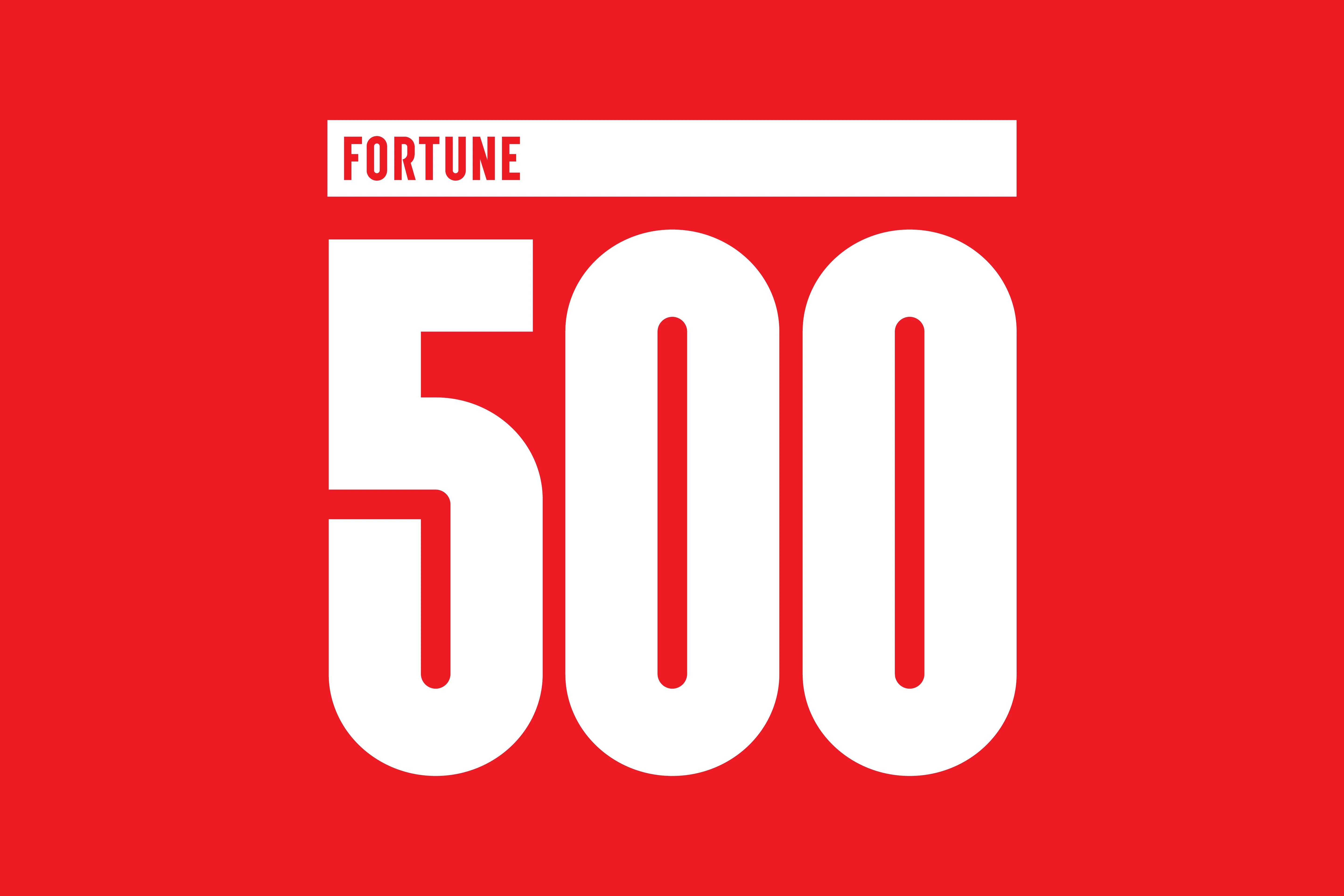Products

B2 Overdrive
Highest-throughput object storage
B2 Cloud Storage
Always-hot S3 compatible object storage
Computer Backup
Online backup for Macs and PCS

Business
Enterprise-grade, unlimited endpoint backup
Personal
Unlimited, automatic cloud backup for home use
Solutions

Systems Backup & Archive
Safeguard server, VM, NAS, Microsoft 365, and K8s data
Ransomware Resilience & DR
Protect data with immutable backups and disaster-ready storage
Pricing

B2 Cloud Storage
Predictably cost effective with instant access and free egress
Computer Backup
Unlimited data protection, transparent pricing
Customer Stories
How Companies Blaze Forward
See how businesses use Backblaze to build applications, manage media, secure backups, archive data, build AI workflows, and more.














.png)





































.png)













.png)







